Flat tires are part of cycling, and most cyclists know how to deal with them. But there are options for changing tires without tools, and tricks that can help you get back on the road faster.

What if you’re caught in the middle of nowhere with a flat clincher? Or you might have already broken both your levers, without getting that damn tire off. Don’t lose hope, you can change that tire without any tools whatsoever if you go about it right.
Steps to fix a flat without tools
1. Remove the Tire
Focus on completely removing the tire from the wheel. Don’t attempt to pull it loose only on one side, you’ll need both hands pulling at the same time from one side, which results in the complete removal of the tire from the wheel.
2. Break the Bead
Clinchers work when pressure from the inflated tube seats the bead of the tire inside the rim. It can be tricky to get loose initially, but once it starts it becomes easier. Crouch down and place the wheel in front of your knees. Grasp the tire and pinch it from both directions to break the bead on both sides, rolling it as you work around the circumference.
3. Pull it Off
Place both hands at the top, with your thumbs on the rim. Pull the tire and tube together, toward your body, using your thumbs on the rim to add opposing pressure. Once it starts to come off, it gets easier. When it’s off, inspect it inside and out to find the source of the flat and remove it. Slip the tire back on the rim, seating the tire on the rim, only on one side.
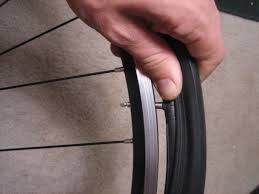
4. Impress Your Friends
If you’re on a group ride, nothing will impress your friends more than what you do next: Get out the new tube, open the Presta valve and use your cheeks to blow air into the tube. If there’s a Superman on this ride, it’s you. But seriously, it’s easier than it sounds, and only takes a bit of air to inflate the tube enough to stuff it back into the tire.
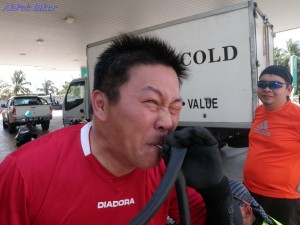
5. Reverse the Procedure
Push the tire back over the rim using your thumbs. It’s easy enough until you get to the last few inches. If it gets too tough, its fine to roll the last few inches of tire over the rim, it will pop back into the bead as it when it passes over the tight edge. Use your frame pump to fill it the rest of the way, even Superman would have trouble filling it up to 100 lbs using only his cheeks.
Old Versus New
Once you’ve accomplished the no-tools procedure, you might even find that it’s quicker and easier to fix a flat without tools. One thing comes into play though; if you’re working with brand-new tires, it is more difficult to accomplish. Tires with more than a few miles on them are easier, and some brands are just easier than others.
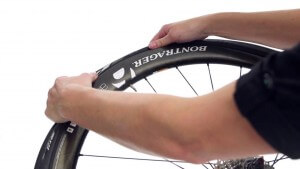
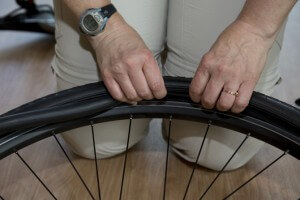
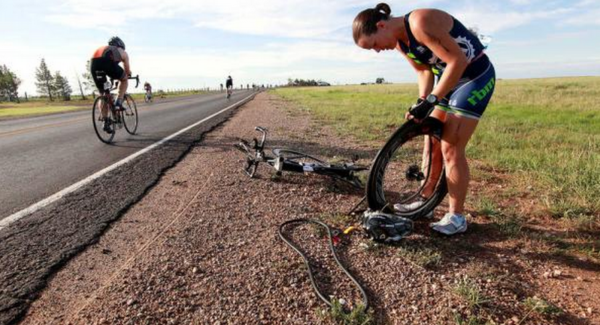

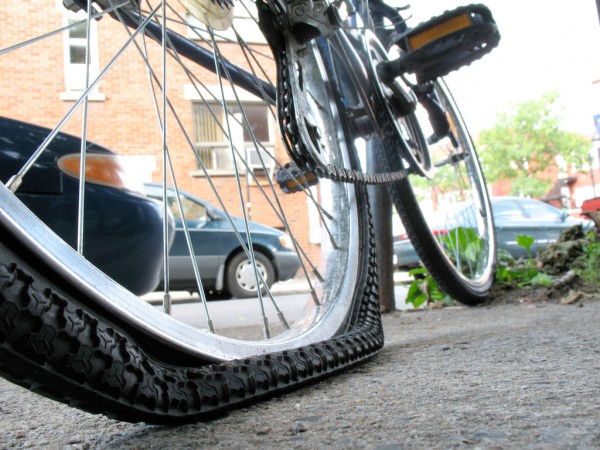 If you have been cycling for a reasonable amount of time then the odds are fairly good that you have encountered a flat tire or two in your time. In many cases you can usually repair the tire with a decent puncture repair kit, but that doesn’t mean that they aren’t still an annoyance that most cyclists would be more than happy to do without.
If you have been cycling for a reasonable amount of time then the odds are fairly good that you have encountered a flat tire or two in your time. In many cases you can usually repair the tire with a decent puncture repair kit, but that doesn’t mean that they aren’t still an annoyance that most cyclists would be more than happy to do without.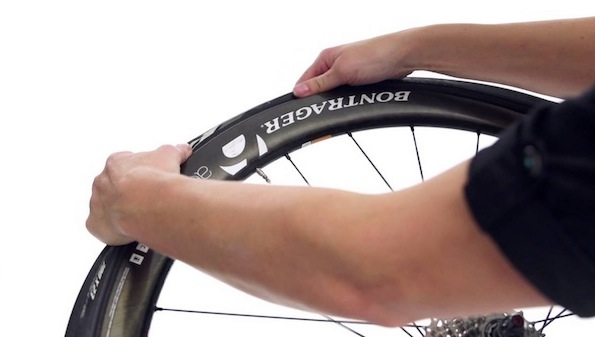
 recreational, rimmed braked mountain or cyclocross bikes, you will have to disengage the “L” shaped noodle that holds the brake cable to the brake. You do not need any tools to do this so don’t loosen any bolts. Your brake may still be a bit different so learn and understand how your brake works to open and close it safely.
recreational, rimmed braked mountain or cyclocross bikes, you will have to disengage the “L” shaped noodle that holds the brake cable to the brake. You do not need any tools to do this so don’t loosen any bolts. Your brake may still be a bit different so learn and understand how your brake works to open and close it safely.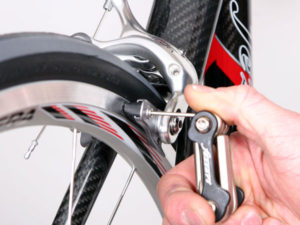 The next bolts to check are the bolts holding the brakes to the frame. There are many different styles of brakes but you can look and figure out how it connects to the frame. Most have an allen bolt on the backside of the frame from the brake. Then make sure the bolt holding the brake cable is tight. If this bolt is loose, when you engage the brakes the cable will slip and you won’t have any brakes. Make sure this is properly tightened.
The next bolts to check are the bolts holding the brakes to the frame. There are many different styles of brakes but you can look and figure out how it connects to the frame. Most have an allen bolt on the backside of the frame from the brake. Then make sure the bolt holding the brake cable is tight. If this bolt is loose, when you engage the brakes the cable will slip and you won’t have any brakes. Make sure this is properly tightened.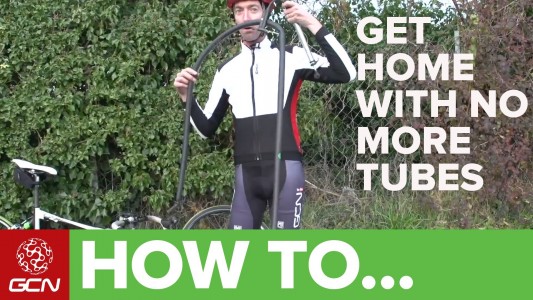
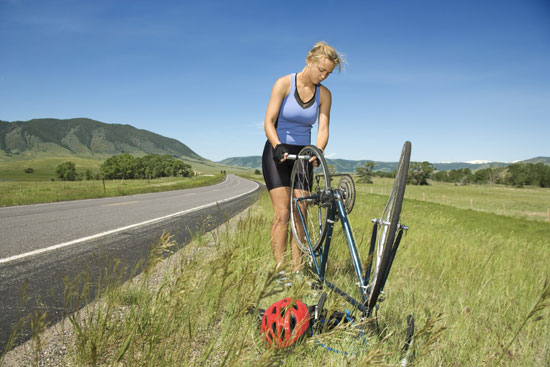 Additional items to note:
Additional items to note: